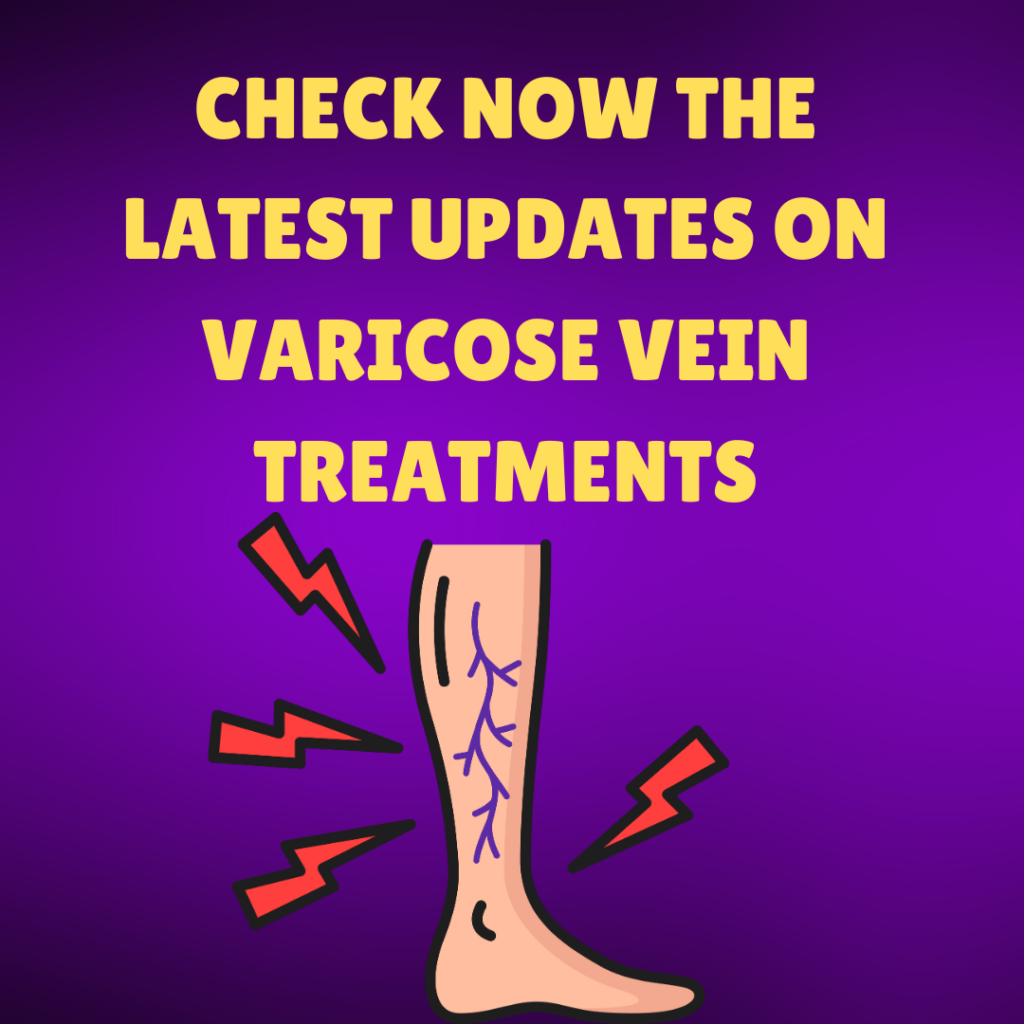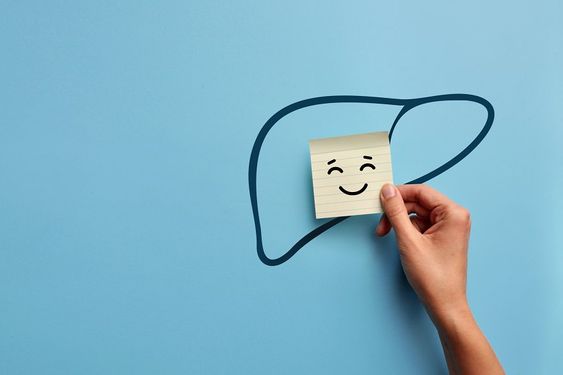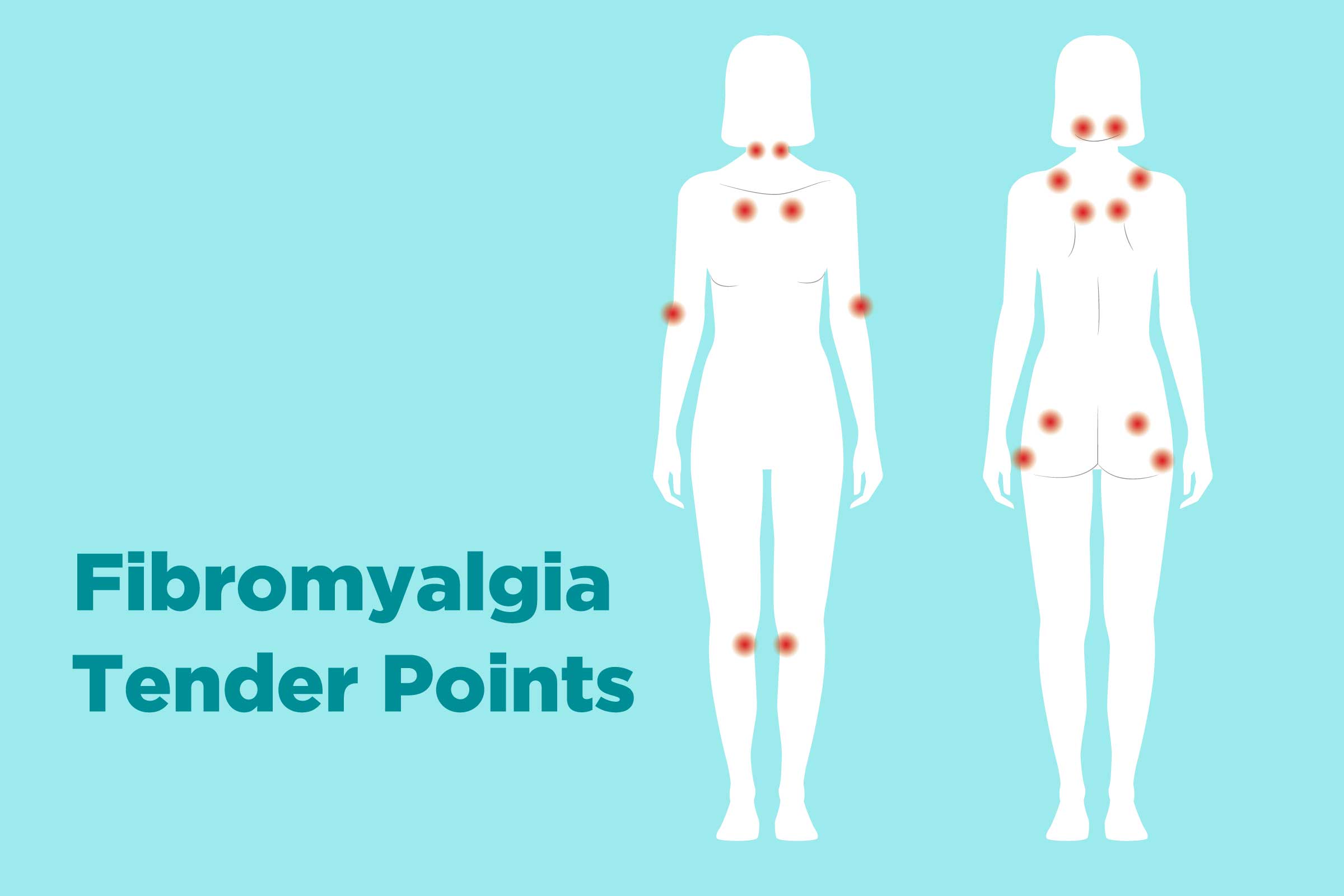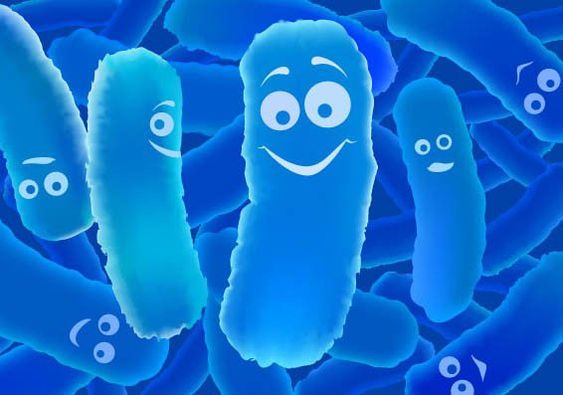Varicose vein treatment
Varicose veins are swollen, twisted veins that often appear on the legs. They can be painful and unsightly, and they can also lead to more serious health problems.

There are a number of different treatments available for varicose veins, including:
- Self-care measures: There are a number of things you can do to help reduce the pain and swelling of varicose veins, such as wearing compression stockings, elevating your legs, and avoiding sitting or standing for long periods of time.
- Sclerotherapy: This is a treatment in which a solution is injected into the vein, causing it to collapse and seal shut.
- Endovenous laser ablation: This is a minimally invasive procedure that uses laser energy to heat and close the vein.
- Radiofrequency ablation: This is another minimally invasive procedure that uses radiofrequency energy to heat and close the vein.
- Surgery: In some cases, surgery may be necessary to remove varicose veins.
The best treatment for varicose veins will depend on the severity of the condition and the patient's individual preferences.
If you are considering treatment for varicose veins, be sure to talk to your doctor about the risks and benefits of each option.
Here are some additional information about varicose vein treatment:
- Who is most likely to get varicose veins? Varicose veins are most common in women, especially those who are pregnant or have had multiple pregnancies. They are also more common in people who are overweight or obese, have a family history of varicose veins, or stand or sit for long periods of time.
- What are the symptoms of varicose veins? Varicose veins can cause a number of symptoms, including pain, aching, swelling, and itching. They can also be unsightly and make it difficult to find clothes that fit comfortably.
- How are varicose veins diagnosed? Varicose veins can usually be diagnosed with a physical exam. In some cases, your doctor may order an ultrasound to get a better view of the veins.





